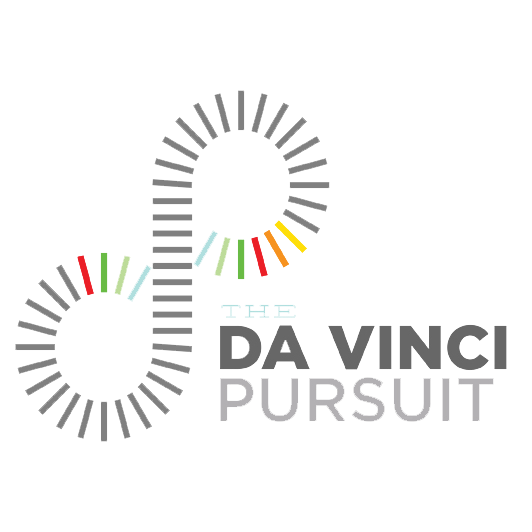
Clusters, Nebulae, and Galaxies, Oh My! Photographing the Night Sky
Aired Saturday, October 14, 2023
Clusters, Nebulae, and Galaxies, Oh My! Photographing the Night Sky
Show #248
Talking about the deep-sky objects you can capture with simple photographic techniques. We will explore the science of the objects as well as the equipment we can use. Our guests will help you understand what types of equipment you can use, how the atmosphere affects what you see, and how to start with the objects you already are familiar with. Join us on this exciting cosmic journey.
Guests
Dr. Andy Gavrin, Physicist; Dr. Fredrick Kleinhans, Astro-photographer




